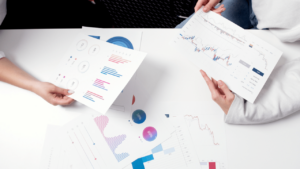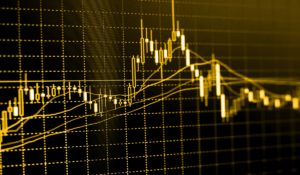Trading in the financial markets involves various participants who employ different strategies to achieve their goals. One such participant is an aggressor, whose actions can significantly influence market dynamics. In this blog post, we will delve into the concept of aggressors in trading, explore their role, and shed light on the strategies they employ. Let’s dive in!
The Definition of an Aggressor in Trading
An aggressor in trading refers to a market participant who actively engages in extracting liquidity from the market. Unlike passive traders who add liquidity to the market, aggressors focus on depleting existing liquidity. They achieve this by placing buy and sell orders at the prevailing at-market prices, rather than waiting for bids or offers to be matched.
Understanding the Trading Strategies of Aggressors
Aggressors employ specific strategies to execute their trades effectively. They extensively research market pricing, particularly in futures exchanges, which rely on a variety of orders at different prices. The bid-ask spread, determined by the top bid-to-buy and top offer-to-sell ratios, plays a crucial role in their trading decisions.
For example, let’s consider the GBP/USD bid-ask spread, which stands at 2 million units with an ask price of 1.1210 and a bid price of 1.1010. An aggressor would aim to purchase 2 million units at the best asking price of 1.1210 or sell 2 million units at the bid price of 1.1010. In contrast, a passive trader interested in purchasing GBP/USD would offer a slightly higher price, such as 1.1211.
Aggressive trading strategies seek to widen spreads and drain liquidity from the markets. By doing so, aggressors contribute to increased market volatility. On the other hand, passive trading strategies aim to reduce spreads and add liquidity, fostering a more stable trading environment.
The Impact of Aggressors on the Market
Aggressors play a pivotal role in shaping the dynamics of the trading market. The order book, which contains all existing bids and offers, provides market participants with crucial information. Aggressors exploit this information by quickly acting on the present bid or ask prices, either by selling at progressively lower costs or buying at progressively higher prices.
As aggressors deplete liquidity from the market, it can lead to thinner and more uneven markets, resulting in increased volatility. When liquidity decreases, investors may choose to reallocate their funds to other areas, impacting market stability. To mitigate this, electronic marketplaces often incentivize passive trading and discourage aggressive trading.
Conclusion
Understanding the role and strategies of aggressors in trading is vital for both seasoned and novice traders. Aggressors actively extract liquidity from the market, employing specific strategies to achieve their objectives. Their actions contribute to market volatility and impact overall market stability. By comprehending the dynamics of aggressor trading, traders can make informed decisions and adapt their strategies accordingly.
Remember, whether you choose to adopt an aggressive or passive trading approach, it is crucial to evaluate the risks involved and align your strategy with your investment goals. Stay informed, keep learning, and may your trading journey be filled with success!








